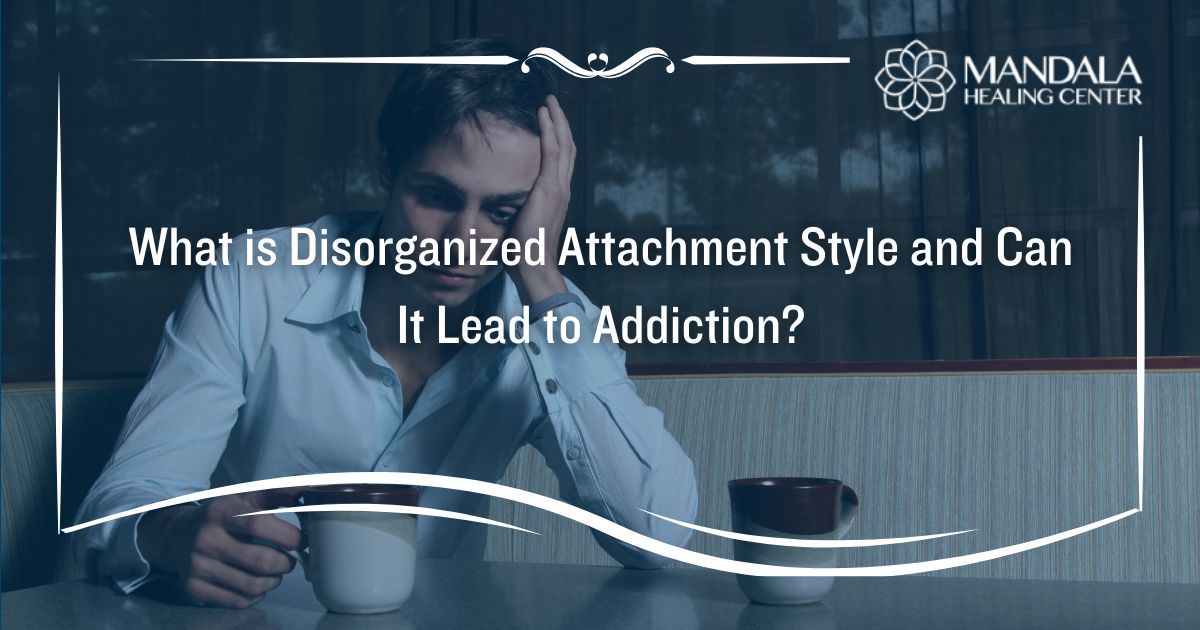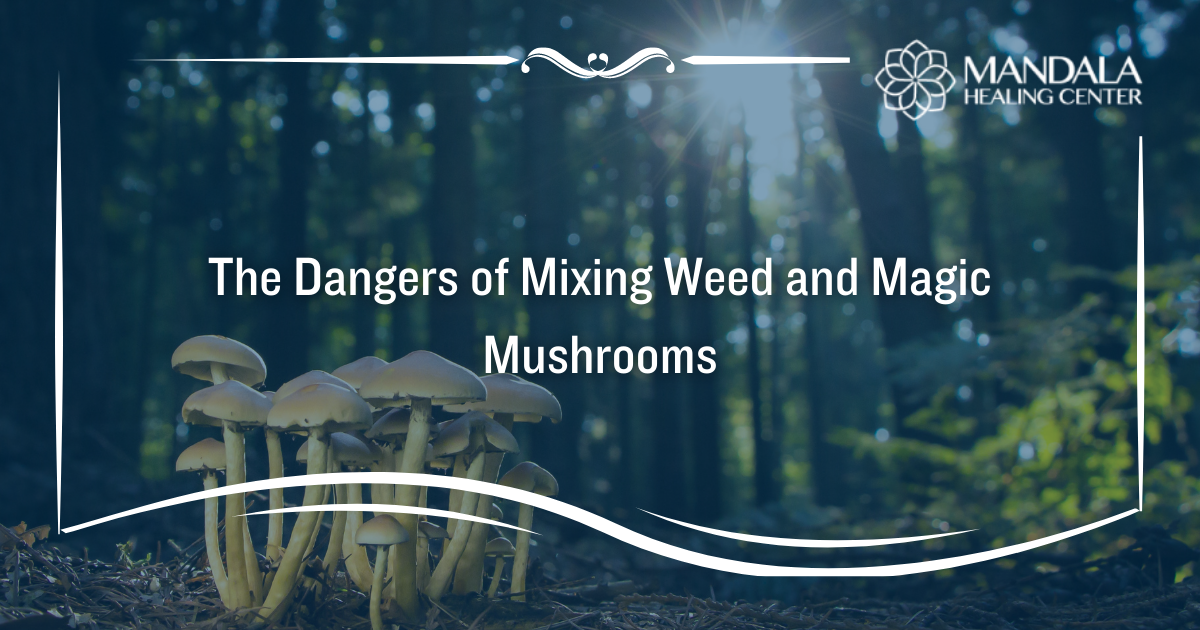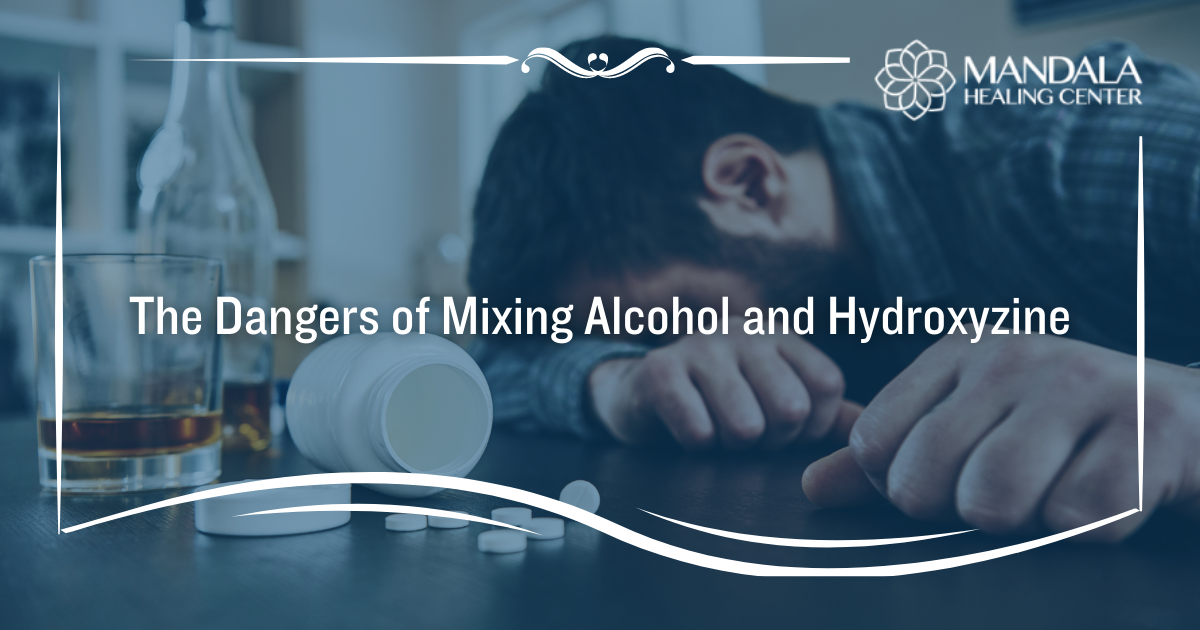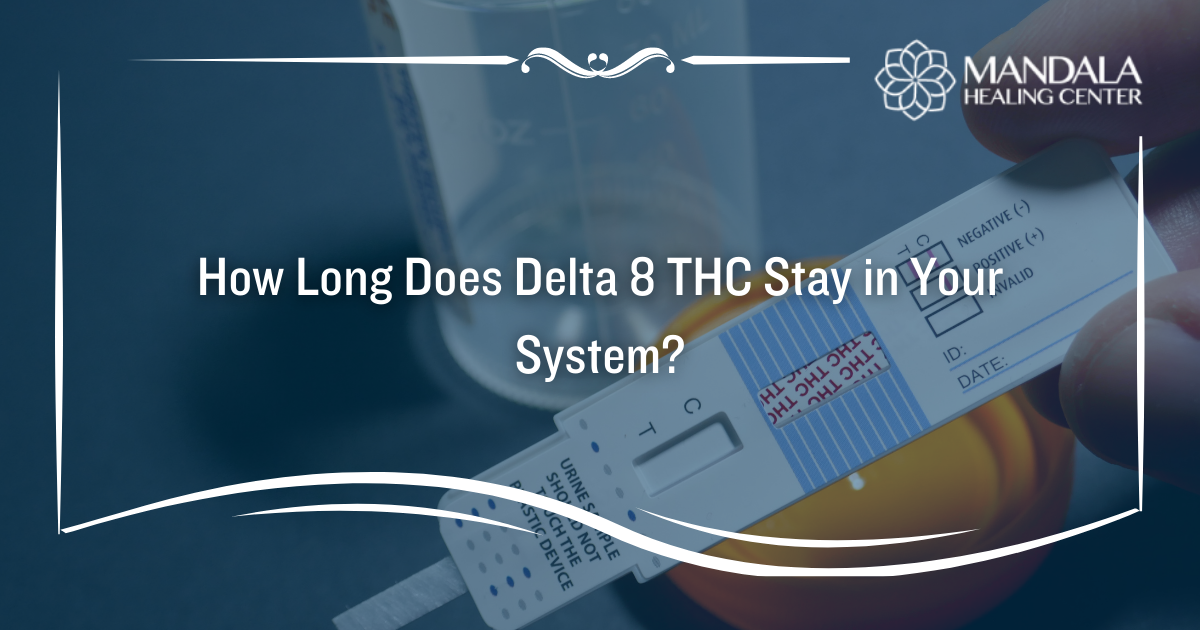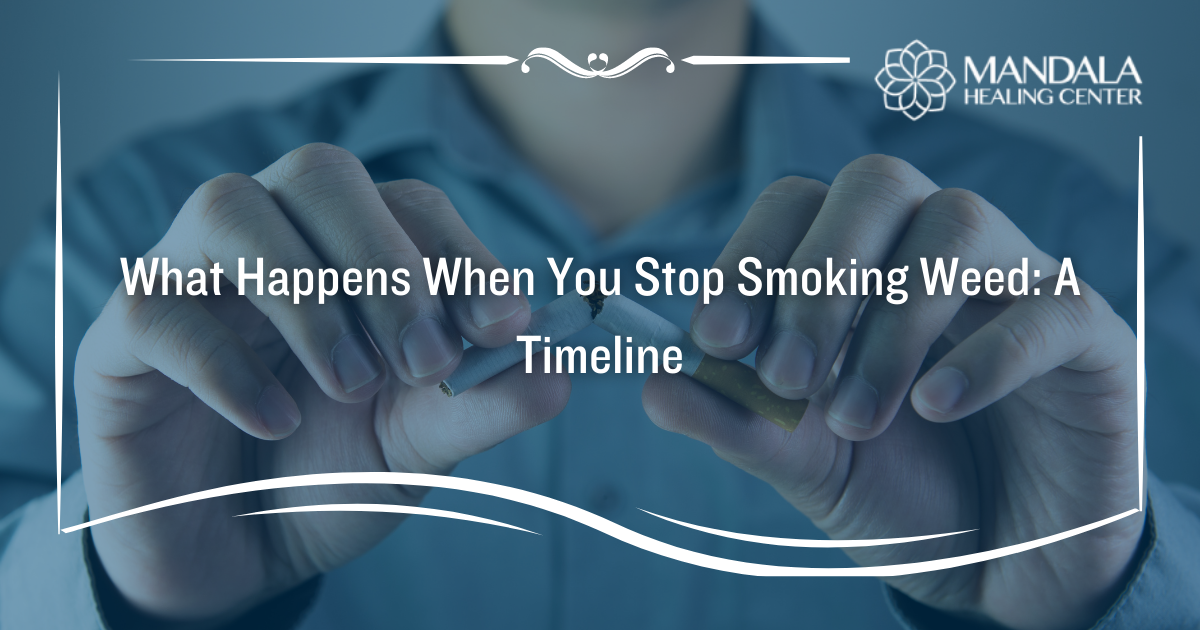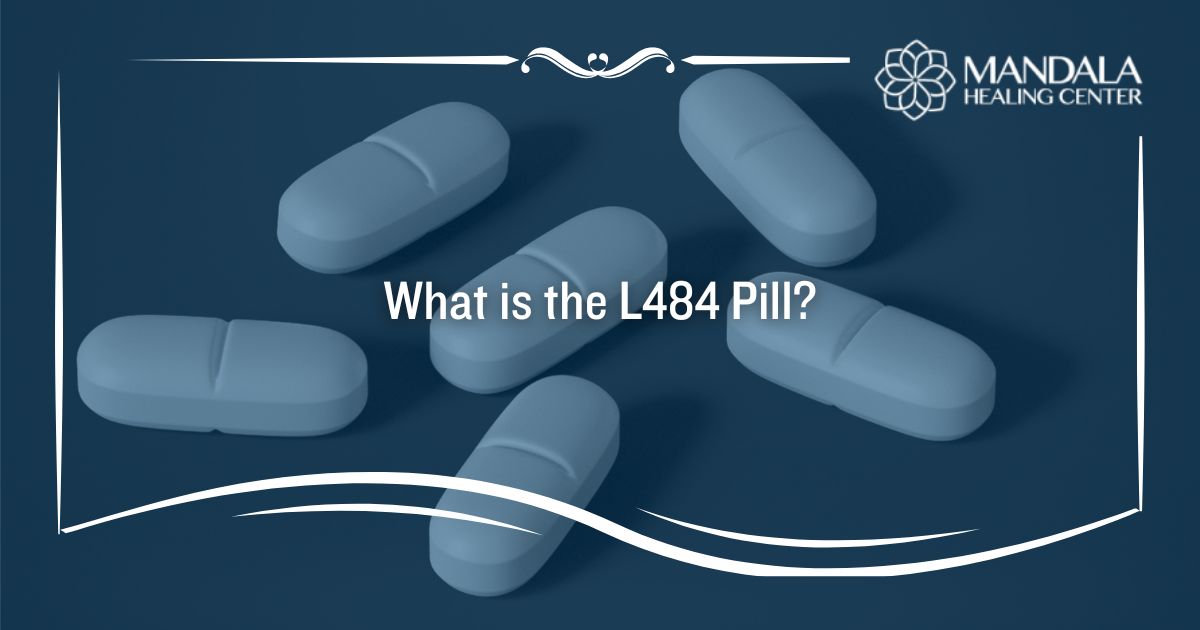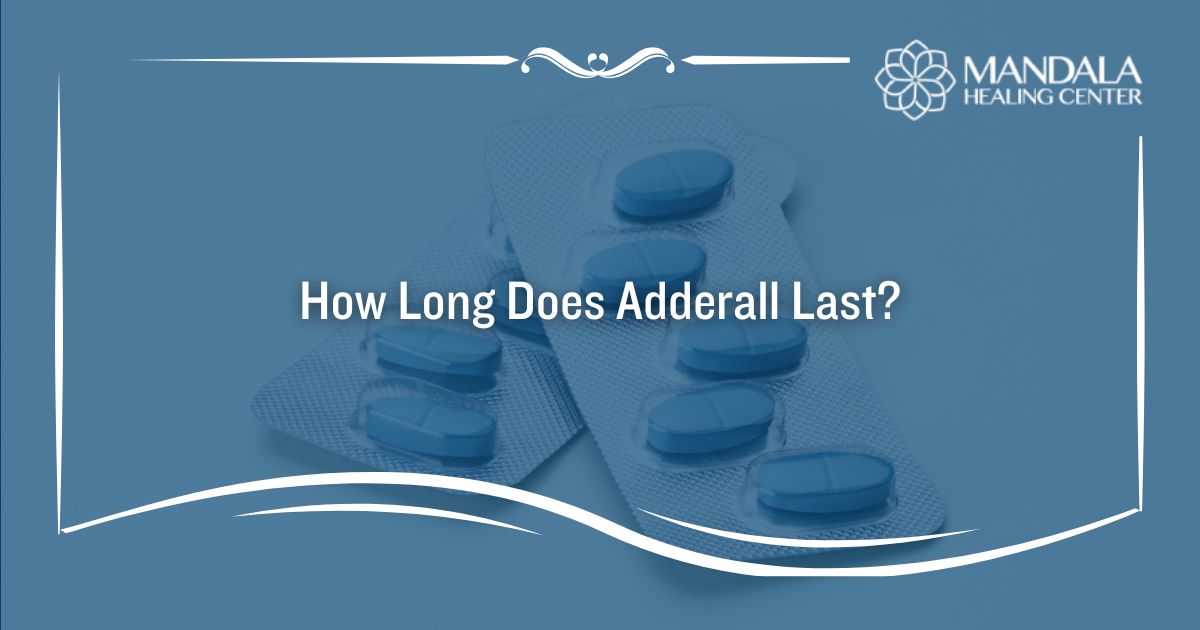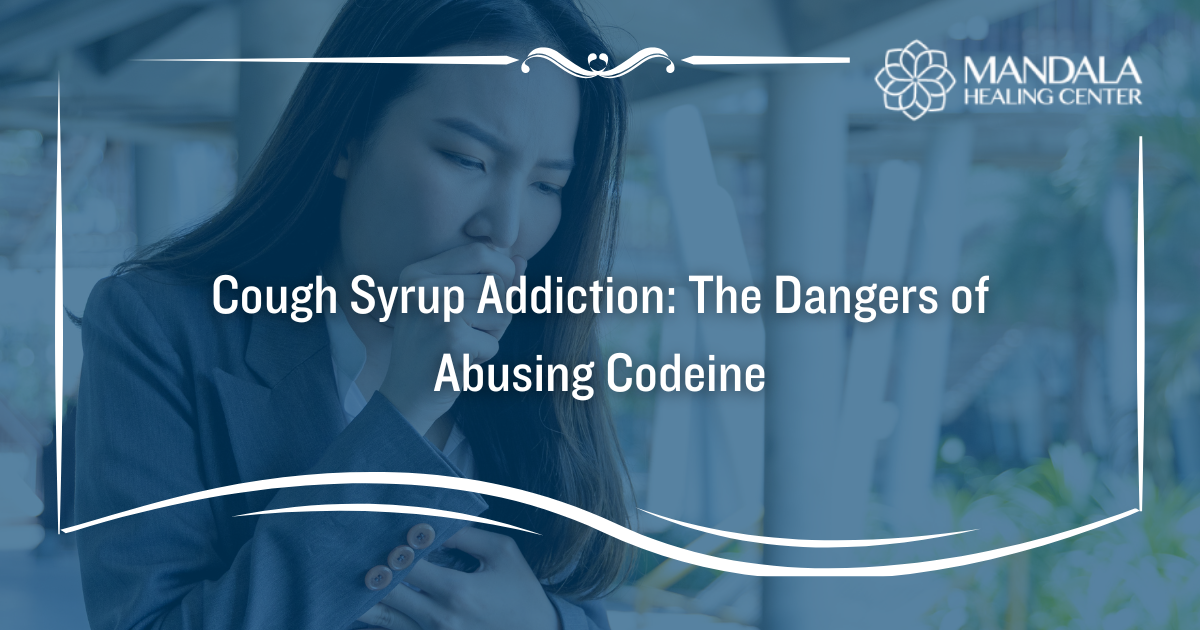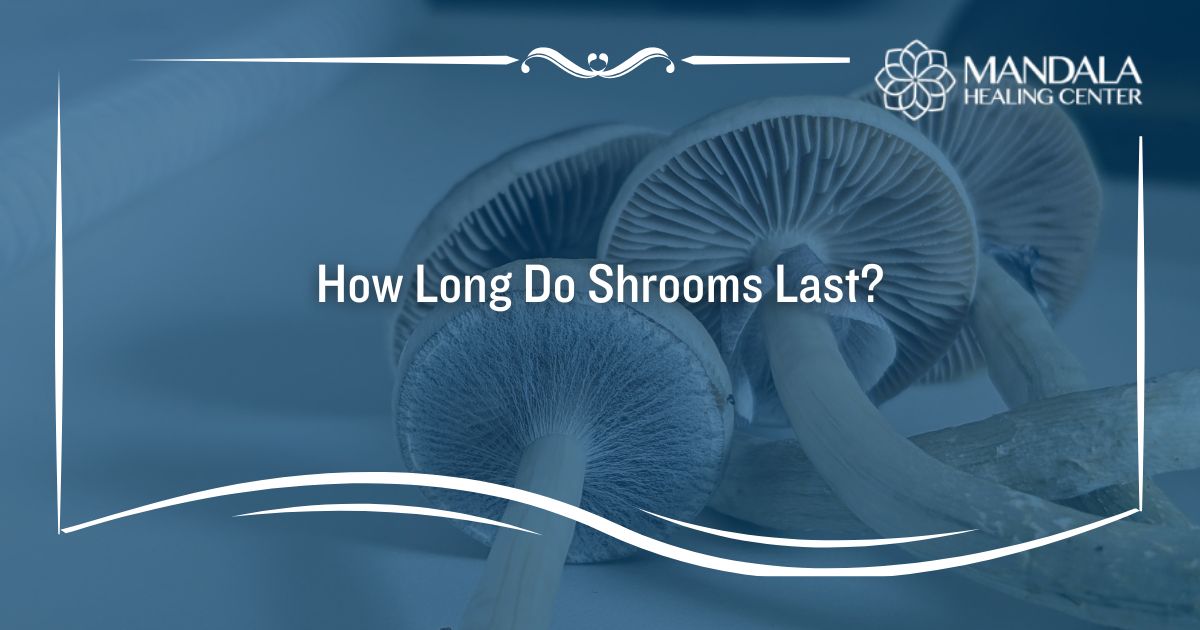Attachment theory states that our approach to forming relationships with others is influenced by our earliest experiences with caregivers and other influential relationships in our lives. In other words, the way our parents interact with us as children can influence how we create attachments as adults. There are four attachment styles that you may develop in early childhood, known as secure, anxious, avoidant, and disorganized.
While some people develop the ability to manage in healthy attachment, others have a hard time creating secure relationships. The three insecure attachment styles are known as anxious, avoidant, and disorganized. The most challenging type of attachment style is disorganized attachment, as this is often caused when you experience physical, verbal, or sexual abuse in your childhood.
Disorganized, also known as fearful-avoidant attachment style, develops when a child’s caregivers become a source of fear. If you have this type of attachment style, you may be inconsistent in your behaviors and have difficulty trusting others. People with disorganized attachment styles may be at an increased risk for addiction due to their maladaptive coping skills.
Let’s take a deeper look at what this attachment style is and how it relates to addiction.
What is Disorganized Attachment Style?
When a child develops an organized attachment to their caregiver, this means that their caregiver has provided them with safety and security. In other words, the child knows they have somewhere and someone safe to return to and who will always meet their needs. This creates an ability for them to go out into the world independently and feel confident as they explore the world.
If you have a disorganized attachment style, this means your caregiver did not provide a safe or secure base for you to confidently return to. Instead, your caregiver created a relationship where you love and care for them but also fear them at the same time. This means that you are consistently unsure of how your parents will respond to your needs.
While you are hardwired to seek support from your parents as a child, this becomes a source of inner conflict. You want to seek help and love from your caregivers, but you are afraid of their response and how they will behave.
Developing this attachment style as a child could put you at a higher risk of experiencing other mental health issues, like substance use disorder or addiction, depression, or borderline personality disorder.
What Causes Disorganized Attachment Style?
A disorganized or fearful-avoidant attachment style develops as a result of your parent’s consistent failure to respond appropriately to your needs as a child. Additionally, if your parents provided you with inconsistent responses to your feelings, fear, or distress, you could develop this attachment style.
For example, this attachment style could develop if you were distressed and crying as a child because you were afraid to be left alone with a new babysitter and your parents decided to yell at you or use fear and intimidation to get you to stop crying. On the other hand, if your parents spoke reassuringly but did not provide physical contact or true connection, a disorganized attachment style could develop.
In another example, let’s imagine that you were afraid to sleep alone at night as a child. This caused you to cry out to your parents for comfort in the middle of the night. While they sometimes responded with love, affection, and support, other times they:
- Ignored your cries for long periods
- Never responded
- Responded by yelling or mocking your fears
A disorganized attachment style is caused by insensitive responses to your emotional needs as a child. Oftentimes, this is a result of intergenerational parenting patterns. Your parents behaved in this manner because their parents did the same, causing a cycle of disorganized attachment styles.
Symptoms of Disorganized Attachment Style
The signs of disorganized attachment style in children include:
- Attention seeking behaviors
- Being avoidant
- Lacking the ability to communicate needs
- Having little to no self-soothing skills
- Extreme focus on a task
- Having a “push-pull” dynamic with caregivers
- Displaying fearful behaviors
- Confusion and ambivalence
When you develop a disorganized attachment style as a child, it continues into your adulthood, affecting the way you relate to others and often causing problems in friendships and intimate relationships.
The symptoms of disorganized attachment style in adults include:
- Poor emotional regulation skills
- Seeking extreme closeness or extreme distance from others, having no in-between
- Being highly anxious about other’s intentions
- Having inconsistency in romantic relationships
- Extreme fear of abandonment
- Fear of becoming emotionally intimate
- Having low self-esteem
- Extreme trust issues that cause resistance to forming secure attachments
How is Disorganized Attachment Style Related to Addiction
All three of the insecure attachment styles have been found to be connected to substance use disorder (SUD). According to Frontiers in Psychiatry, “All cross-sectional studies in the review confirm a link between insecure attachment and SUD.”[1]
With disorganized or fearful-avoidant attachment being the most difficult-to-deal-with attachment style, it is easy to see how it can lead to the development of an addiction. Disorganized attachment is often related to experiencing significant childhood trauma. When you are exposed to trauma at a young age, you are much more likely to develop a substance use disorder.
According to the National Library of Medicine, “In surveys of adolescents receiving treatment for substance abuse, more than 70% of patients had a history of trauma exposure.”[2]
In other words, because of your likelihood of having a history of trauma when you struggle with a disorganized attachment style, you are at a higher risk of self-medicating your past with drugs and alcohol.
Find Help for Addiction
If you or a loved one have developed an addiction as a way to cope with your disorganized attachment style, Mandala Healing Center can help. We understand the importance of healing insecure attachment styles, as the ability to form secure attachments to others is vital to the addiction recovery process.
For more information on our emotionally-focused addiction treatment program, contact Mandala Healing Center today.
References:


